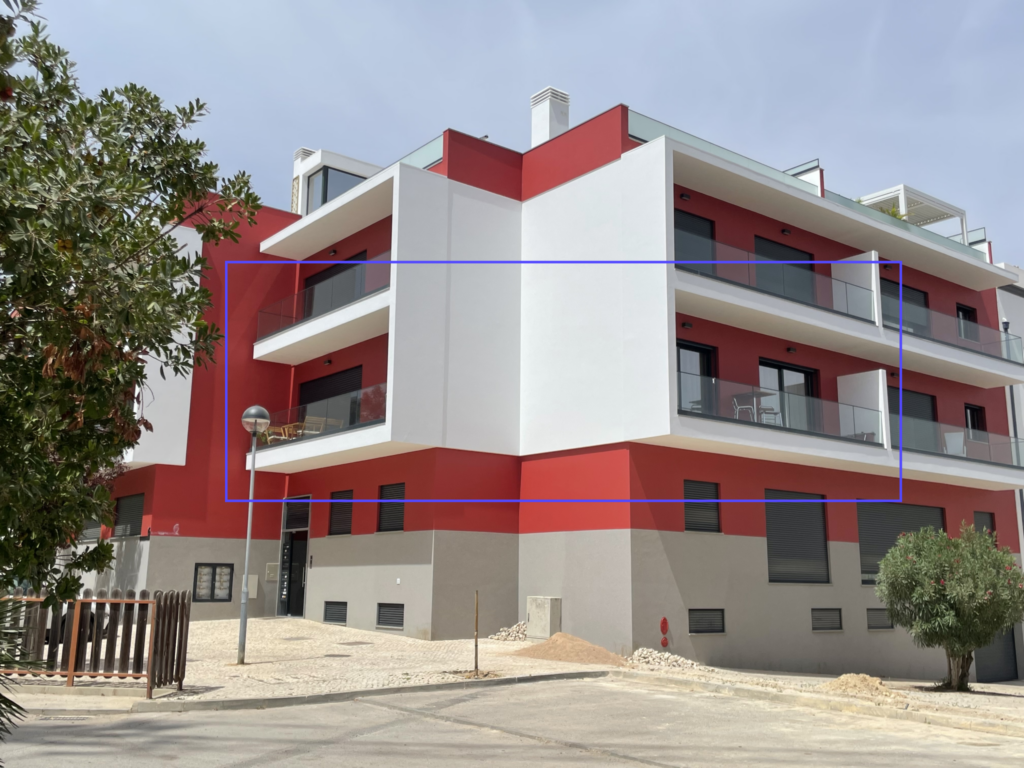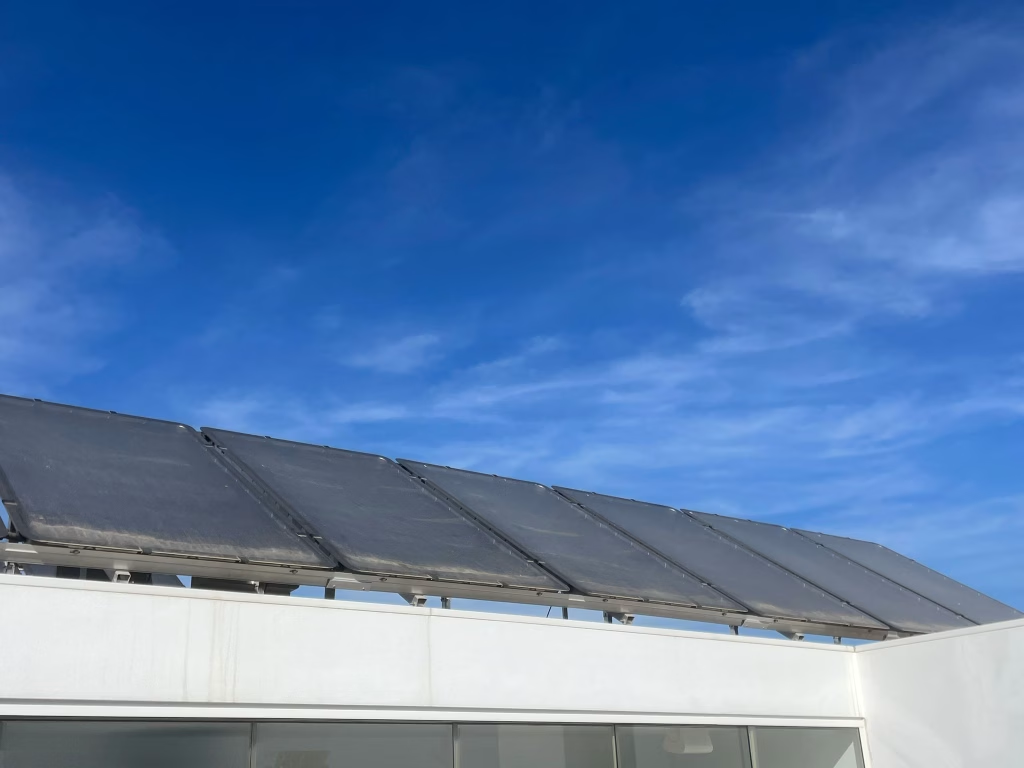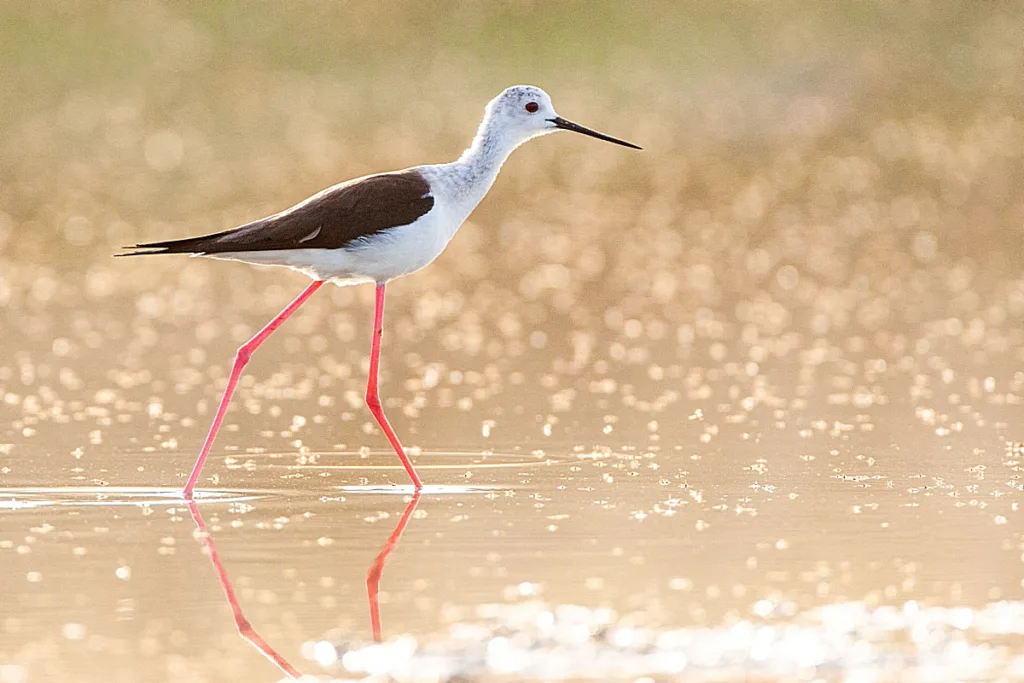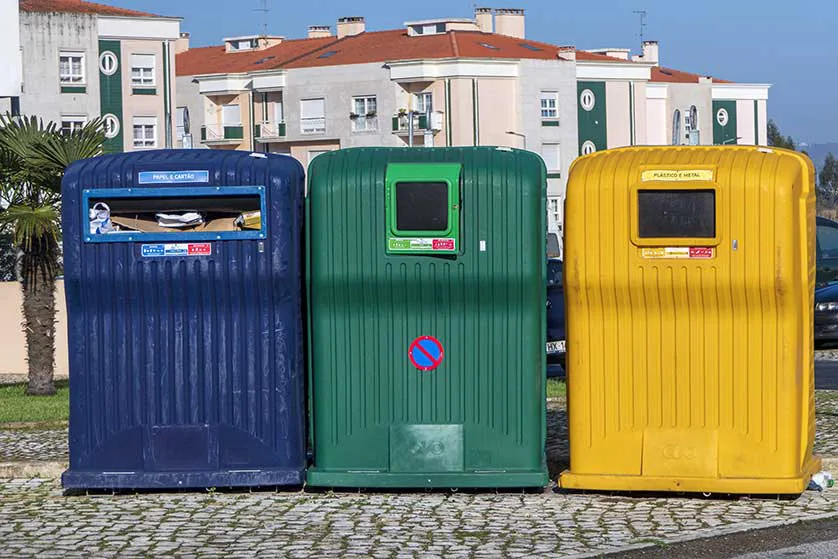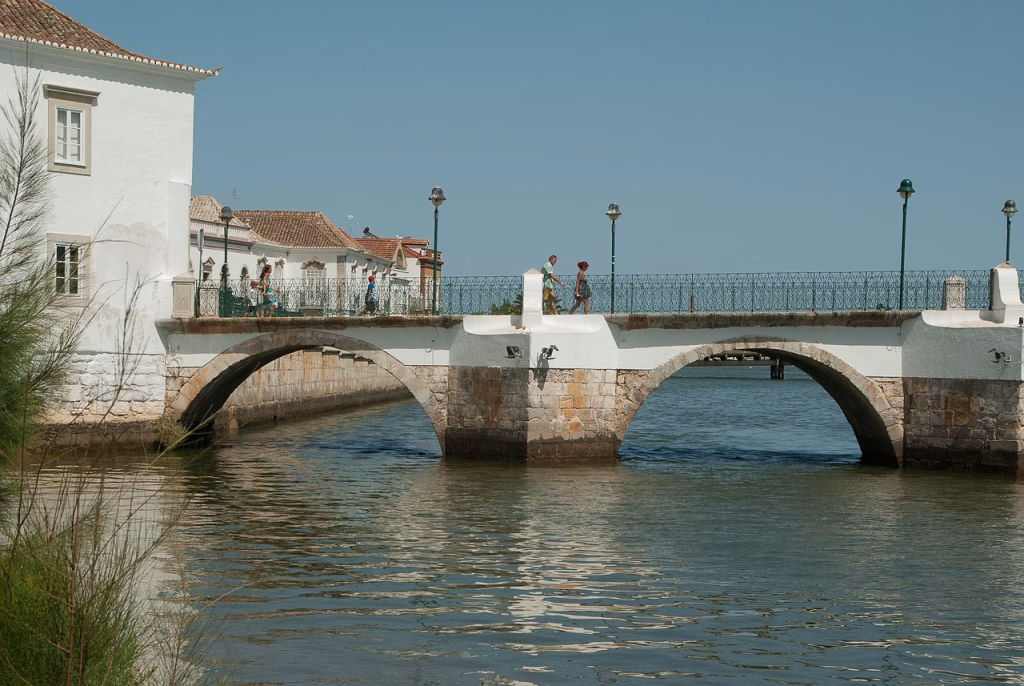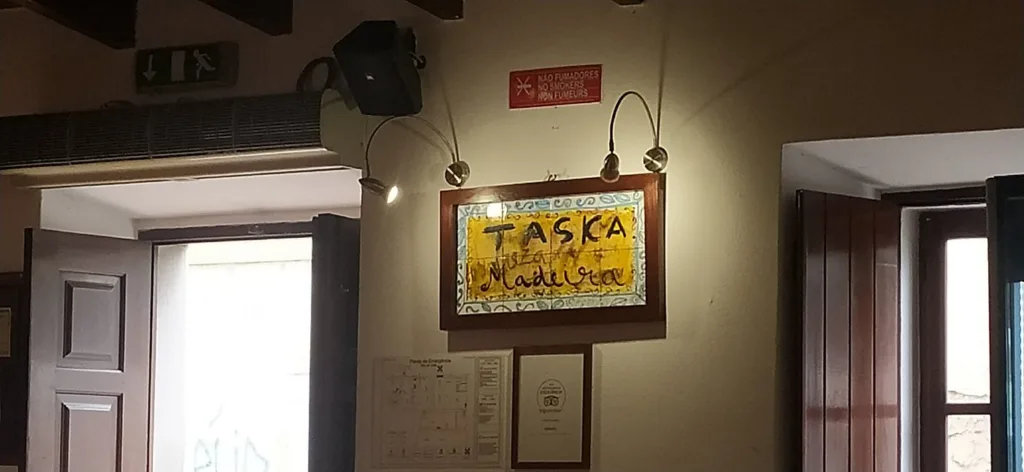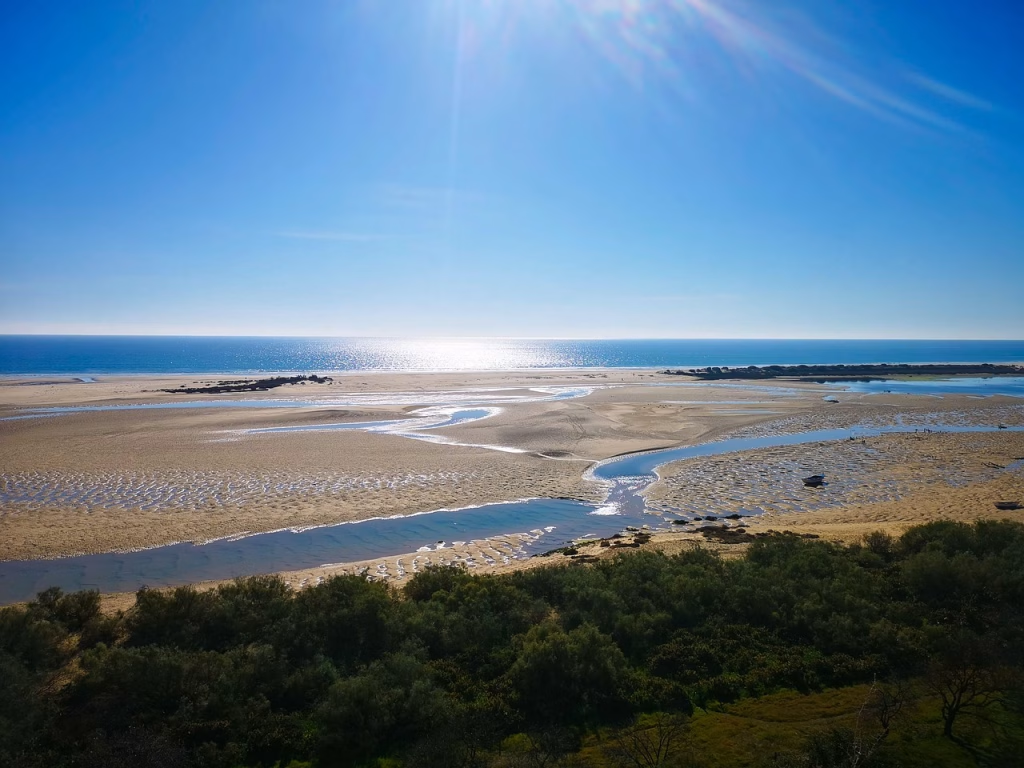When you book a holiday in the Algarve, there’s so much more to consider than just the sunshine and beaches. The way you travel, stay and explore can leave a footprint — on nature, on local communities, on the rhythm of place. That’s why Taste Tavira AL by Annick is such a refreshing example: stylish, comfortable, but also tuned into low-impact living.
Here’s how staying at this apartment in the eastern Algarve gives you the best of both worlds — a lovely base near historic Tavira and a more thoughtful way to travel.
What “Low-Impact” Actually Means
“Low-impact accommodation” isn’t just a buzzword. It means:
- Minimising energy and water usage.
- Choosing local materials, eco-friendly cleaning products, avoiding waste.
- Being located so you can walk, bike or use public transport rather than relying on a car.
- Embedding your stay into the local community rather than isolating yourself in a resort.
- Encouraging guests to explore responsibly: eat local, choose nature-based activities, respect the surroundings.
Staying somewhere that ticks these boxes means your holiday supports the place instead of draining it.
How Taste Tavira Delivers on Low Impact
Energy & Building Efficiency
On the “About Us” section of Taste Tavira’s website, you’ll find a key detail:
“Energy label A+ / Solar Panels / Eco-friendly materials and products.”
These features mean the building is geared toward energy efficiency, incorporating renewable energy and sustainable materials — a foundation for genuinely low-impact living.
Smart Comfort: Designed for Natural Cooling
One of the cleverest design details of Taste Tavira is how it uses the sun — and a little bit of architectural common sense — to stay comfortable naturally.
The apartment features deep sunshades and cross-ventilation (opening 2 opposite slidings doors during cooler mornings, allowing the sea or mountain breeze to flow through. This design keeps rooms naturally cool even in midsummer, which means the underfloor heating and air conditioning are rarely needed.
Annick still smiles about one summer when guests — perhaps nostalgic for northern winters — set the air conditioning so low that they ended up reaching for the extra duvets , while it was 33 °C outside .
A gentle reminder that sometimes the best comfort comes from living with the climate, not fighting it.
And here’s a little travel wisdom:
When it’s 35 °C outside and just 20 °C inside, your body gets a real shock the moment you step outdoors — that “heat wall” sensation that feels brutal and can even be physically stressful , especially for children and older guests.
👉 Annick’s Ideal Tip:
- Set the air conditioning no more than 6–8 °C cooler than the outdoor temperature.
- So, if it’s 35 °C outside, aim for a cozy 26–27 °C indoors.
- The room will still feel wonderfully fresh — without that harsh temperature jump when you head out.
Extra bonus: you’ll save energy , reduce dry air and muscle stiffness, and your body adjusts far more naturally to the Algarve’s warmth.
Location & Transport Access
The apartment sits in a quiet residential neighbourhood just outside Tavira’s historic centre , meaning you can walk to cafés, restaurants and the ferry to the beach.
“Railway station and bus station are within a 5-minute walk.”
Less driving means fewer emissions — and more time to enjoy the slow rhythm of the town.
High-Quality Amenities for Longer Stays
Taste Tavira’s fully equipped kitchen and modern comfort make it easy to stay longer and live more locally.
Cooking with fresh ingredients from the Mercado Municipal de Tavira not only supports local producers but also cuts down on packaging and restaurant waste.
Free Parking & Shared Garden — A Balanced Approach
Free parking is available, but with everything nearby, most guests find they rarely use their car. The condominium also includes a lush shared garden and picnic area , encouraging guests to relax outside without always needing to travel for recreation.
Encouraging Local Experiences
Annick gently nudges her guests to explore the real Algarve —
“… the taste of lovely Tavira and its surroundings, to try local food and fine Portuguese wines, to take a ferry to one of the splendid beaches…”
It’s an invitation to connect, not consume — to move slowly, savour fully, and tread lightly.
Why It Matters in the Eastern Algarve
The eastern Algarve (around Tavira) is a region of delicate beauty — Ria Formosa, salt pans, pristine beaches, orange groves, historic towns. Over-tourism and heavy resort development risk eroding that charm. Staying in a place that respects the environment helps protect it.
By choosing a well-located apartment like Taste Tavira you:
- Avoid remote developments that require long drives.
- Support local businesses instead of resort chains.
- Stay in a property that invests in sustainability (A+ label, solar, natural cooling).
- Engage with the region consciously — walking, cycling, ferry rides.
- Set a tone for your holiday: authentic, not extractive.
Tips for a Low-Impact Stay
- Bring or buy a reusable water bottle and refill it safely at the Pingo Doce supermarket or buy a ten liter bag in box water
- Shop local — Tavira’s market is full of seasonal produce and fresh fish.
- Walk or cycle into town; take public transport when possible.
- Choose slow, nature-based outings — like ferrying to Ilha de Tavira or birdwatching in Ria Formosa.
- Respect the neighbourhood’s peace; skip loud parties.
- Ask Annick for her favourite eco-friendly and local experiences.
- Stay longer — fewer check-ins mean less cleaning, laundry, and waste.
Final Thoughts
Travel can be both wonderful and responsible . At Taste Tavira, you get a stylish, well-designed apartment close to Tavira’s old town — and a host who believes that comfort and conscience can co-exist beautifully.
When design, location, and daily habits all work with nature, your stay feels more authentic — and you leave the Algarve as you found it: warm, peaceful, and full of light.
So next time you plan your escape to the East Algarve, consider not just where you stay, but how you stay.
The difference matters — for you, for Tavira, for the planet.
